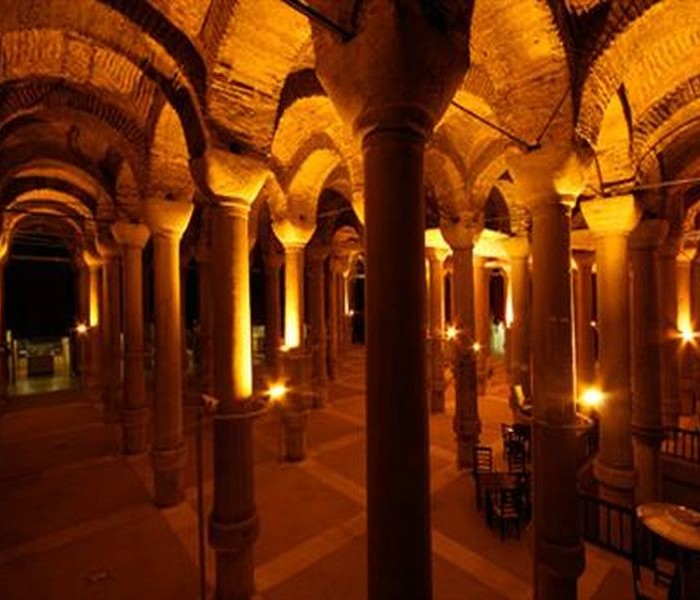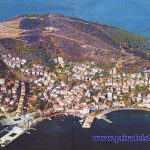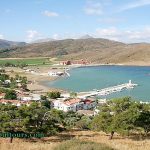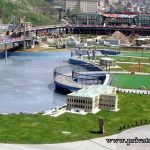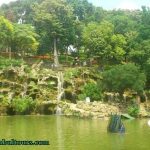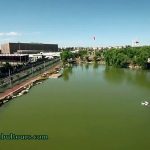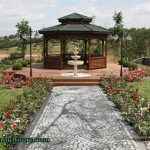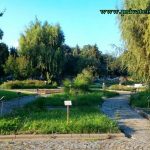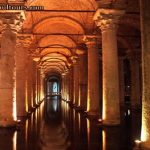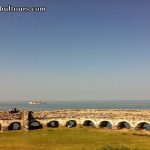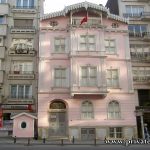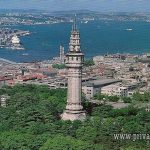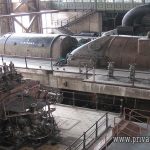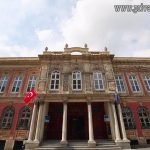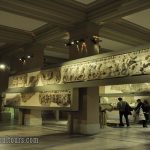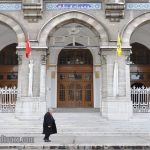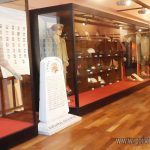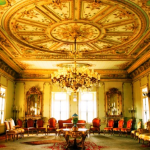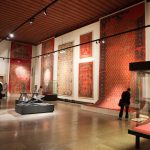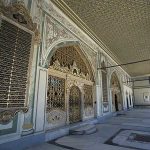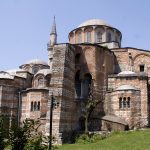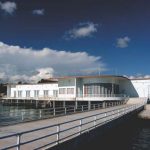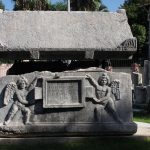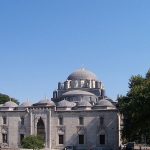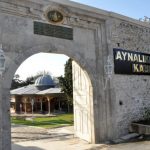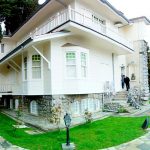According to Byzantine sources, the cistern built in the 4th century is the second largest cistern in Istanbul. The cistern, which has 224 columns in it and has a total size of 3584 square meters, served as a workshop since the 16th century after drying it over time.
The columns in the cistern consist of two chambers, with pyramids with no operation joined with similar heads. However, there are various signs on the columns. It is stated that these marks belong to the workers who worked during the period of the cistern. The cistern to the west of the hippodrome has been cleaned and opened in the past. The cistern, which is quite easy to navigate and has an interesting beauty, has come from the 4th century to the present day from the time of Great Constantine.
Of the 224 milk found in the cistern, 212 came up to date. In the cistern we mentioned that it is an interesting beauty, there are also cafés, exhibition areas and other sections.
Brief History of Binbirdirek Cistern
According to the Byzantine sources, Emperor Constantine forced some Senate members in Rome to migrate to Istanbul when the city was rebuilt. From the senators, Filoksenus built a palace adjacent to the hippodrome and built the Binbirdirek Cistern to meet the palace’s water needs.
In the Ottoman period, large houses were built on the Binbirdirek Cistern. One of them was the mansion built by Fazlı Pasha. In the following years, the mansion was burned with fire. In later periods, the canteen was left as an empty plot and the neighborhood market was established here. The shopkeepers who opened the bazaar, the cistern used for a while as a warehouse.
Today, the cistern is open to visitors and hosts various organizations. Binbirdirek Cistern, which has a capacity of 3,000 people, also organizes weddings, fashion shows and parties.

